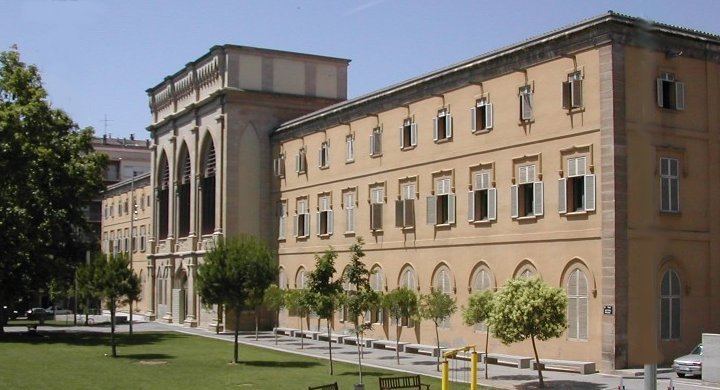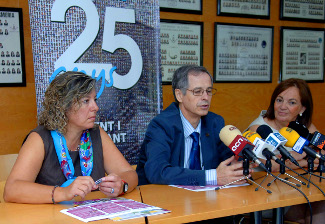16th September 2009
Download pdf|
|
The School of Nursing celebrates its twenty-fifth anniversary
The first of the commemorative events took place today in the main lecture hall on the Health Sciences campus. It coincided with the official opening of classes and was presided over by the rector of the University of Lleida, Joan Viñas. The president of the National Conference of Directors of University Nursing Schools, Pilar Tazón, gave the conference Adapting Nursing Courses to the Bologna Plan. The European Higher Education Area (EHEA) is in fact the main future challenge that these courses must overcome. The degree in Nursing will become a four-year rather than a three-year course, which will involve introducing continuous assessment and placing greater emphasis on practical training, according to the director of the University School, Luisa Guitard.
The UdL’s School of Nursing currently has around 200 students spread across its current three-year course and the official master’s degree in Nursing Science. The number of places has grown over the last few years to reach an availability of 90 for first-year students. This year, between 200 and 300 people were placed on a waiting list. In view of the lack of these professionals in the healthcare system, Guitard highlighted that the increase in student numbers must go hand in hand with more teaching staff and resources. However, the limitations of the public healthcare sector must also be taken into account as it is responsible for giving students their practical training.




